In this video-article I am going to talk you about some safety tips when working with table saws.


Like almost everything, learning to use this kind of machines requires experience and practice. I’ll try to show you a few basic premises for the beginners.
Let’s start saying the height of the disk should be about one centimeter higher than the workpiece. In addition to improving safety, the piece will suffer less damage on its lower side, where the saw teeth come out.


With pieces of this size, push towards the fence guide with the left hand and forward with the right hand, trying at the same time pushing with the thumb of the right hand diagonally to the fence so the piece don’t separate from it.


With narrow pieces we can start the same way but using the push stick at the end, and here we can have a fairly common and dangerous problem, called kickback.


As you can see, the piece can separate a little from the fence so the rotation of the disk itself may end up lifting it. The effect can be seen better in the video. When you start cutting, the rotation of the disc presses the piece down so there is no risk here.


But at the output, the disk can get to lift the piece cutting your fingers and throwing the piece to your body or face. Here I’ll let you some links so you can see other amazing and dangerous videos of other users. Kickback 1 – kickback 2
This problem may be compounded when using wood that is not completely dry, It will produce higher friction against the table saw, neither when the disk is not perfectly aligned to the fence and the miter slot.


To avoid this dangerous problem, circular saws have a safety system known as splitter, a metal plate just behind the disk that keeps the new two pieces of wood separated preventing them from close again and press the disk.
In my case, I bought my circular saw used and that part was not included. I bought an used one that doesn’t fit exactly in my saw and I am gonna need to adapt it. I’ll modify it to get the same size of the disk I use the most so I can still make grooves. I also had to calibrate it because it is a a bit thicker than the disk.


Put it back on the circular saw and check with the rule that it is aligned. I need to enlarge the slot of the quick access cover, for this I am using a blade for metal. They work better than the ones for wood in plastic materials such as methacrylate.
If your circular saw has splitter I recommend you to don’t remove it, and if not, I highly recommend install one, it won’t take you long.
Now I am gonna try to answer a common question asked about the stability or movement of the fence in the opposite side of the locking knobs.


When using the circular saw, this tilt doesn’t affect us at all because we only keep pushing up to half of the table.
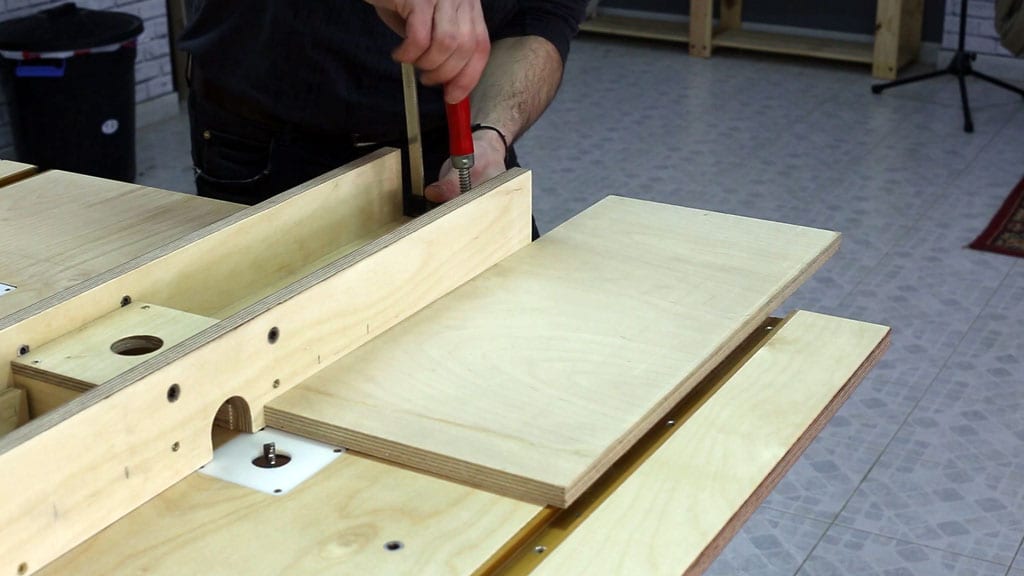

Different story when using the router table. Here we need to press over the entire length of the fence, so it’s a good idea to use a clamp in the opposite side of the locking knobs.
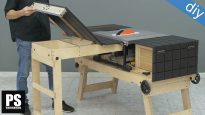
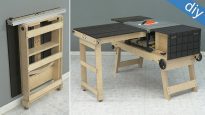
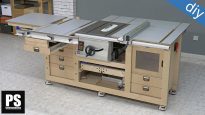
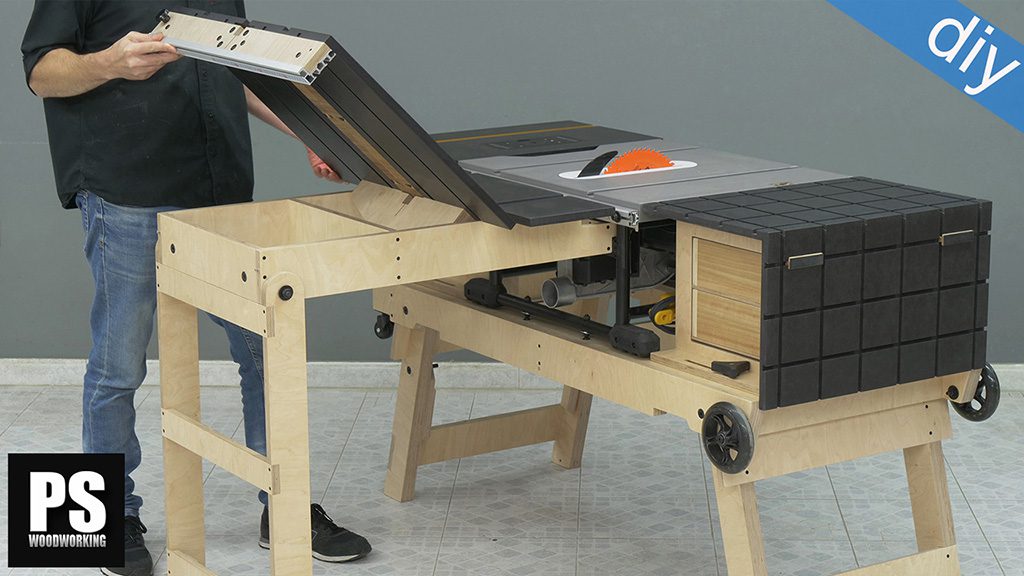
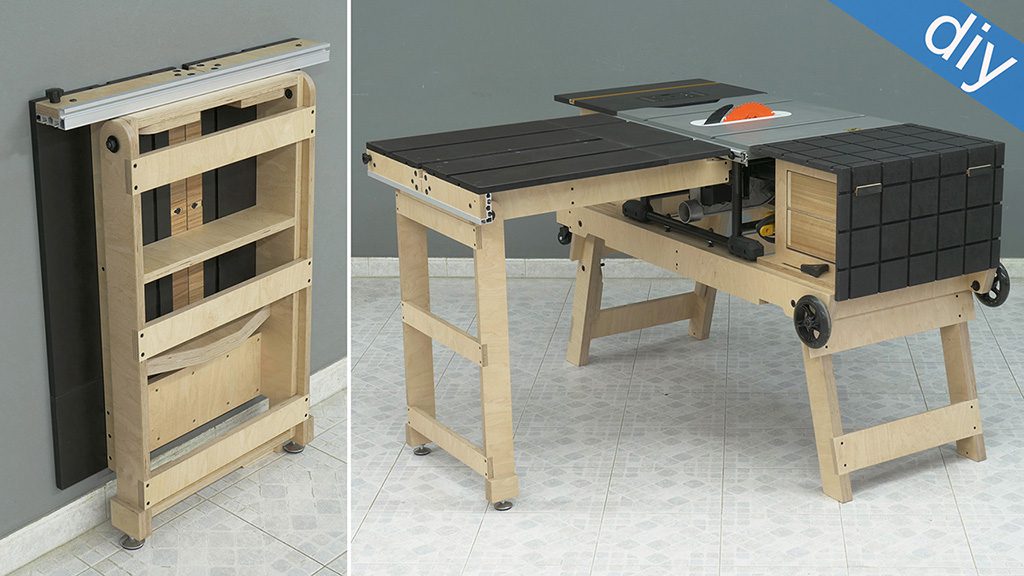
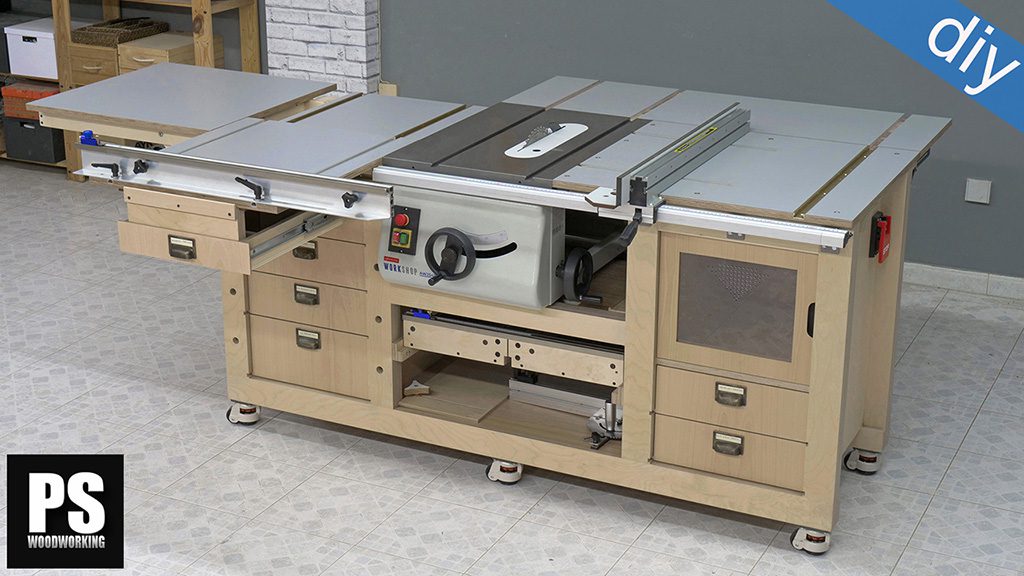
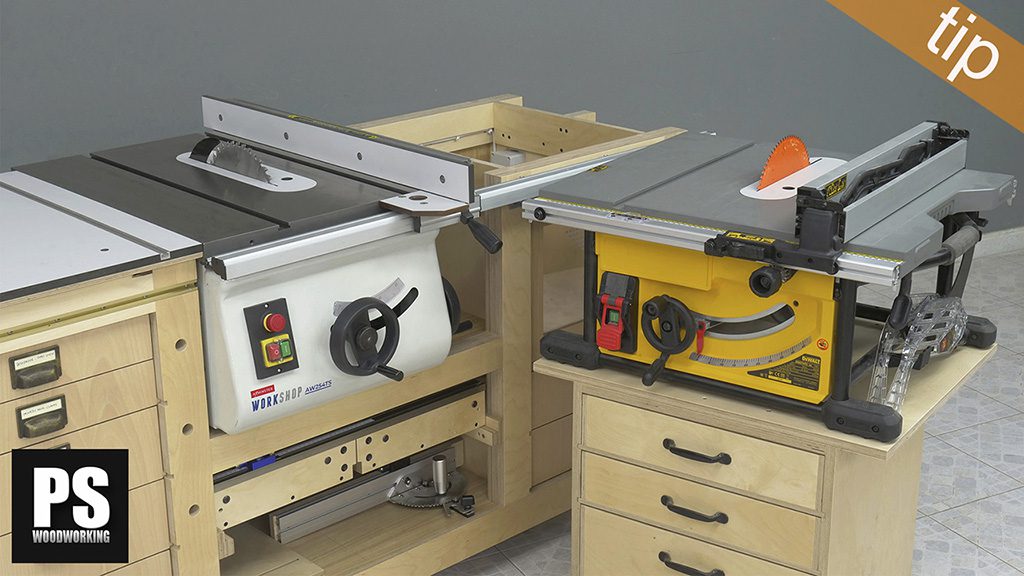
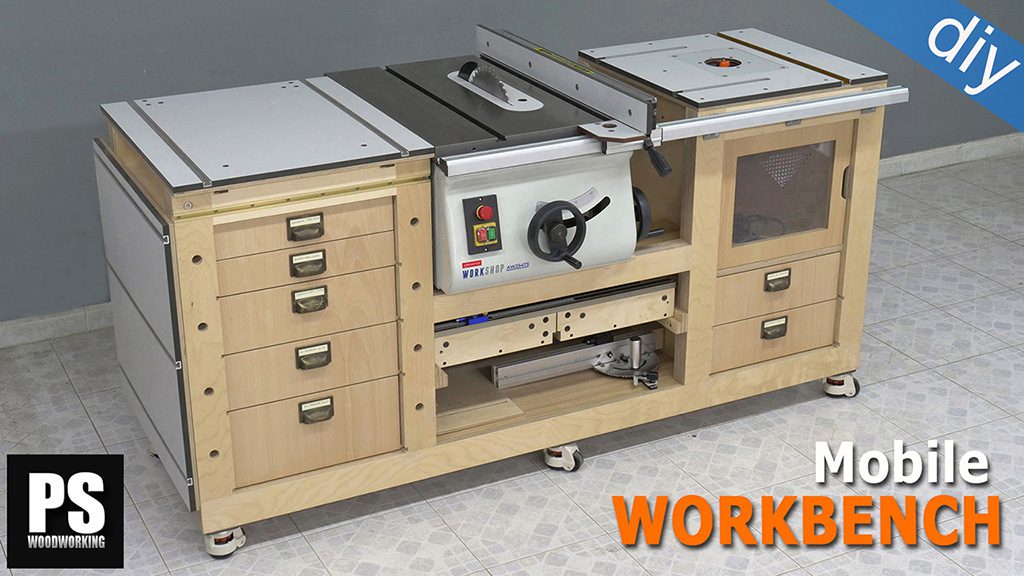
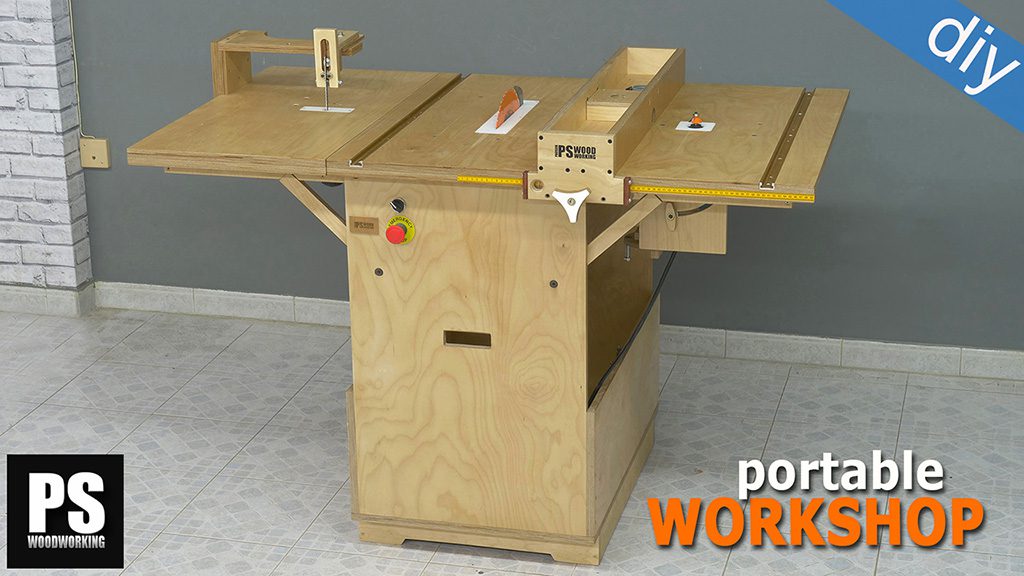
Those were some awesome safety tips my very good friend. Thank you very much.
thanks!
Hello Sir, I have bought plans for Portable Workshop from you, and only later cared to look all the vids about dangers of this saw. The cirtular saw that I have Makita HS7601 doesn’t have any capacity for splitter or raving knife. But since I have only two hands and merely ten fingers, with not much experience in the area, I am quite concerned… Just wondering, if there’s anything like this protection gauge possible to develop:
the one, that covers blade from over the top? Thank you.
hi Victor, you’ll have to make a splitter like I did, or install one on the lid like this user did:
later on I’ll make a cover for the saw blade like that, stay tuned.